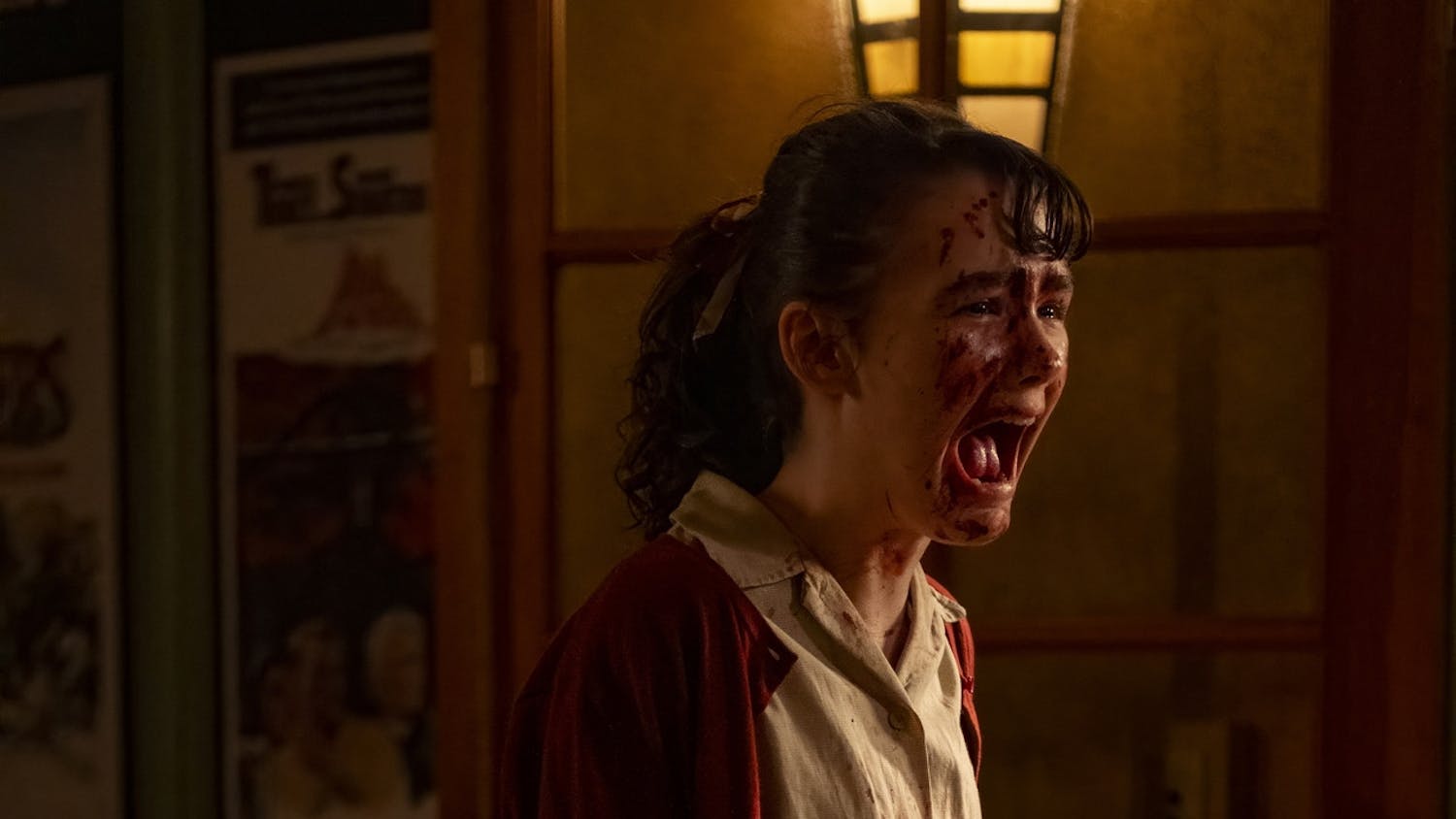Oscar season is here. The majority of films that are vying for praise have already been released, and it may be a very competitive season for movie of the year. Something that has been present in the movie world are black and white films. Macbeth, Belfast, C’mon C’mon and even a whole segment of The French Dispatch. All of these films have certain aspects and qualities that make the black and white film aesthetic work. Each serves a different purpose and utilizes different aesthetics to create an effect. The concept of black and white film as an aesthetic might seem to be mainly visual, but the nuance they invoke is very much psychological. Each of these films present a different way of utilizing photography without color in a different way, so that it evokes different audience perceptions.
The dramatic: Macbeth
This new adaptation of the story by William Shakespeare stars Denzel Washington and Frances McDermond. The film is black and white solely to dramatize the overall action in the film, so that it exudes the seriousness the story demands. The overall atmosphere the director or cinematographer is trying to create is gloomy, and dark. The way they do this is through utilizing black and white coloration, or the lack of color. The lack of color creates a dreariness that influences the audience’s feeling while watching the movie. Another example of using black and white coloration is the film The Lighthouse, with Willem Dafoe and Robert Pattinson. Similarly to Macbeth, the black and white cultivation creates dreariness and gloom that fog up the entire film.
The nostalgic: Belfast
This film, about a young boy that lives in Belfast, Ireland during the turbulent 1960s, utilizes black and white film to make the appearance that the action within the film is very old, from a different time. The impression this makes on the audience is that the action within the film is historical. As it deals with a man’s childhood in his hometown of Belfast, this film perfectly encapsulates the warm and familiar emotions that can be associated with a childhood home. The discoloration in the movie actually makes it more colorful. The film is stripped down to the emotions of the action within, and doesn’t piggy back off of the color or warmth that the color may add.
The cinematic: C’mon C’mon
C’mon C’mon is different in its utilization of black and white photography, in that it doesn’t add anything to the film, necessarily. What the photography does add to the film is essentially a cool aesthetic that allows the acting to stand alone. This is a very interesting film about a man who encapsulates children's outlook on life through a podcast and his relationship with his estranged nephew. It dives deep into what it means to be a parent, moreover, a single parent. The actors are able to carry the film and the performances by the actors, particularly Joaquin Phoenix, are highlighted because the film isn’t reliant on the utilization of color to make the film aesthetically pleasing. It says a lot about the film that it can convey it’s artistic nature without needing color.
All of these movies are similar in their use (or lack thereof) of color. Each can have a unique perception from the audience, solely based on the fact that each is without color. The black and white film aesthetic is integral in taking a film to a new level, but if not utilized well, can take away from the film’s acting or overall story. This is a masterful aesthetic, and hopefully one that sticks around for years to come.






